The Clown Loach is one of the most colorful and popular freshwater aquarium fish, easily recognized by its bright stripes and playful behavior. Native to Indonesia, it thrives in groups and is known for its social, active nature and occasional “clicking” sounds.
🔍 Appearance:
-
Body Color: Bright orange to yellow body with 3 bold black bands — one through the eye, one mid-body, and one near the tail.
-
Fins: Typically red or orange, adding to its striking look.
-
Size:
-
In aquariums: Usually 15–20 cm (6–8 inches)
-
In the wild: Can reach up to 30 cm (12 inches)
-
-
Body Shape: Elongated, slightly compressed; downward-facing mouth with four pairs of barbels (whisker-like sensory organs).
🐠 Unique Traits:
-
“Clicking” Sound: Clown loaches can produce audible clicking noises, often while eating or interacting.
-
Play Dead Behavior: Sometimes lie on their sides as if dead—normal and not a cause for concern!
-
Scaleless: Technically has very small scales; this makes them sensitive to medications and water quality.
🌊 Habitat & Behavior:
-
Origin: Rivers and floodplains of Borneo and Sumatra.
-
Behavior: Peaceful, active, and social—should be kept in groups of 5 or more.
-
Activity: Mostly active during the day but can hide in caves or under decor.
-
Bottom-Dweller: Scavenges the substrate for food.
🍽️ Diet:
-
Omnivorous: Eats flakes, sinking pellets, live or frozen foods like bloodworms, brine shrimp, and even snails (helps control pest snails).
-
Loves variety in diet for vibrant color and health.
🛠️ Tank Requirements:
-
Tank Size: Minimum 200 liters (55 gallons) for a group; more for adult fish.
-
Water Temperature: 25–30°C (77–86°F)
-
pH Range: 6.0–7.5
-
Tank Setup: Sand or smooth gravel substrate, hiding spots (driftwood, rocks), moderate water flow, and plenty of open swimming space.
⚠️ Care Notes:
-
Sensitive to poor water quality—needs good filtration and regular maintenance.
-
Not ideal for beginners unless kept in the right conditions.
-
Long-lived—can live 15–20+ years in captivity with proper care.

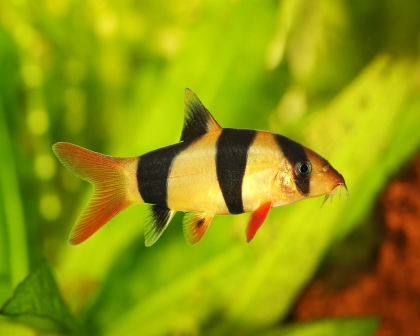
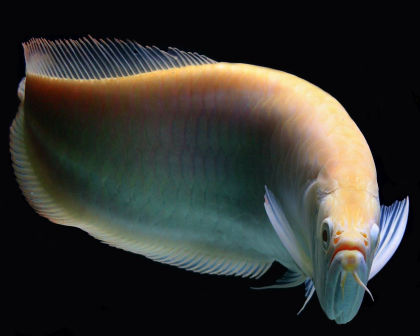
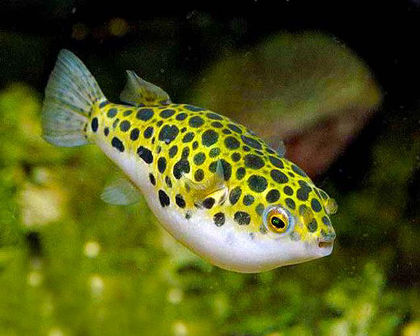
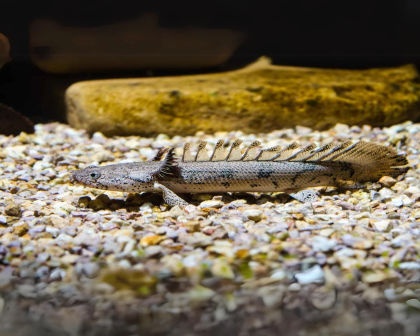
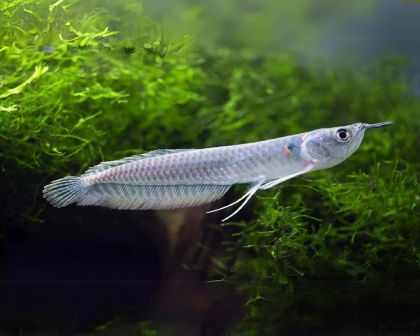
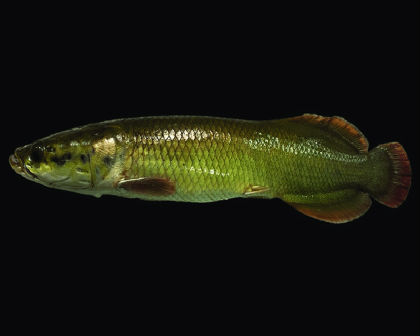
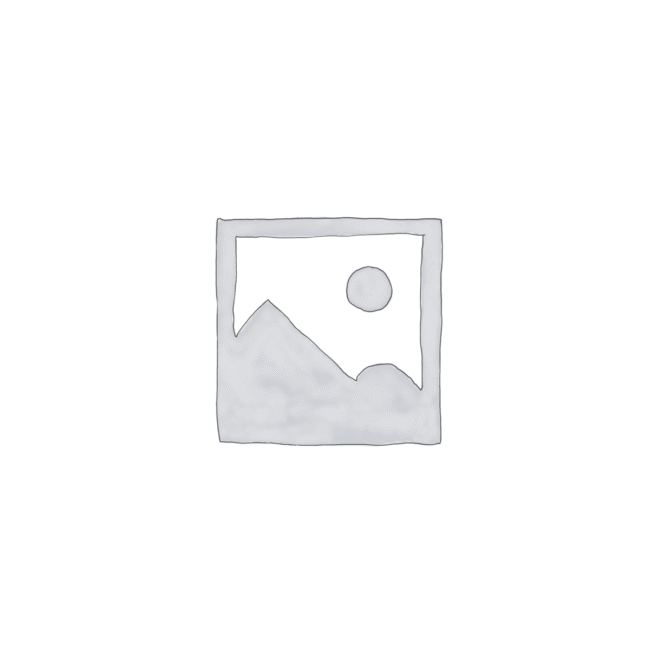
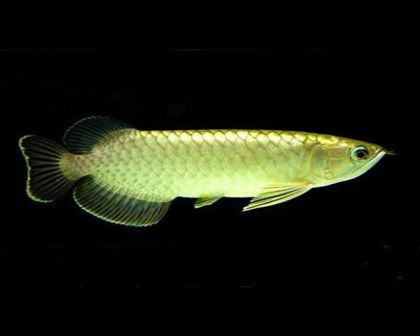
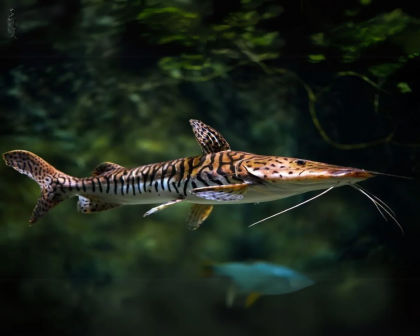
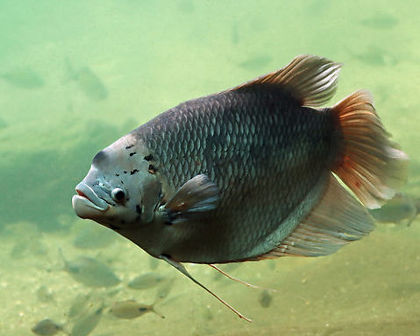
 No products in the cart.
No products in the cart. 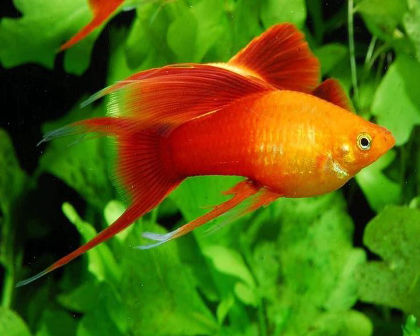
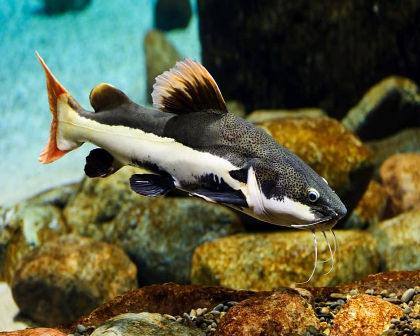
Reviews
There are no reviews yet.